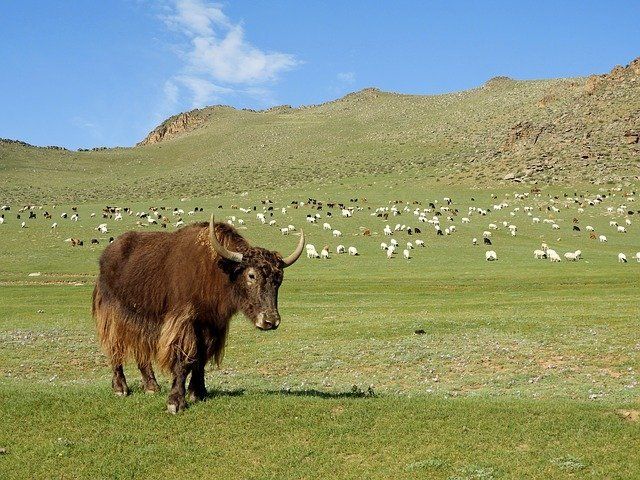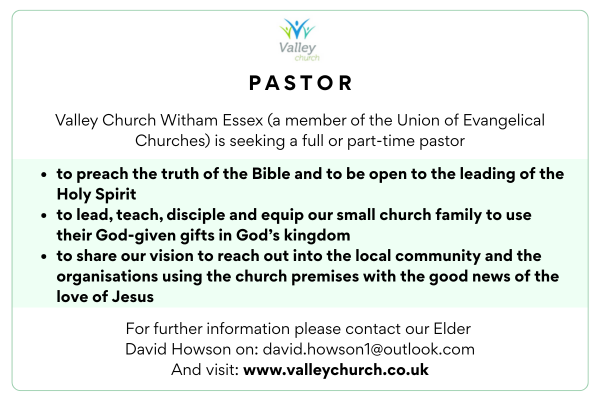Area: 604,250 square miles.
Neighbouring countries: China and Russia.
Environment: Landlocked, with a harsh, continental climate, desert plains (especially the Gobi Desert), grassy steppes and forests. The west is mountainous. There are frequent dust (or snow) storms, grassland fires and drought. Water for irrigation or drinking is scarce.
Natural resources: Oil and coal; minerals, especially copper, iron, molybdenum, tungsten, tin and gold.
Population: 2.8 million. Life expectancy: 64 years.
Infant mortality: 53 deaths/1,000 live births.
Ethnic groups: Mongol (mainly Khalkha) 90%, Turkic (mainly Kazakh) 7%, others (including Chinese and Russian) 3%.

Languages: Mongolian (official), Turkic, Russian. Literacy: 87%.
Capital: Ulaanbaatar (774,000).Urbanisation: 62%.
Economy: The economy depends on agriculture and Mongolia’s extensive mineral deposits. Large-scale Soviet assistance finished in 1990. Successive governments since then have faced enormous problems in embracing a free-market economy, being dogged by political fragmentation, a third of the population in extreme poverty, and little infrastructure.
Religion: Non-religious/other 42%, Shamanist 31%, Lamaistic Buddhist 22.5%, Muslim 4%, Protestant 0.5%.
History: Mongolia gained independence from China in 1921. A Soviet communist regime was installed in 1924. Marxism gave way to multi-party democracy in 1990.









